The People's Bank of China (PBOC) has cut its short-term policy interest rate in response to disappointing economic data after a period of reopening to coexist with Covid-19.
The PBOC has cut the seven-day reverse repurchase (repo) rate from 2% to 1.9%, according to a statement from China's central bank on June 13.
It was the PBOC's first move since August to help restore market confidence and boost a sluggish recovery from the pandemic.
The PBOC's decision surprised most economists and market participants, as the PBOC rarely changes its short-term policy rate one year in advance. The last time that happened was in March 2020.
The PBOC is expected to announce adjustments to the one-year policy lending facility (MLF) rate on June 15 and the prime lending rate on June 20.
“The PBOC’s decision is a clear signal that it will cut the MLF rate on June 15. It shows that the central bank wants to provide early guidance and reassure the market about its easing stance, given the weak recovery of the economy after Covid,” said Bloomberg economist David Qu.
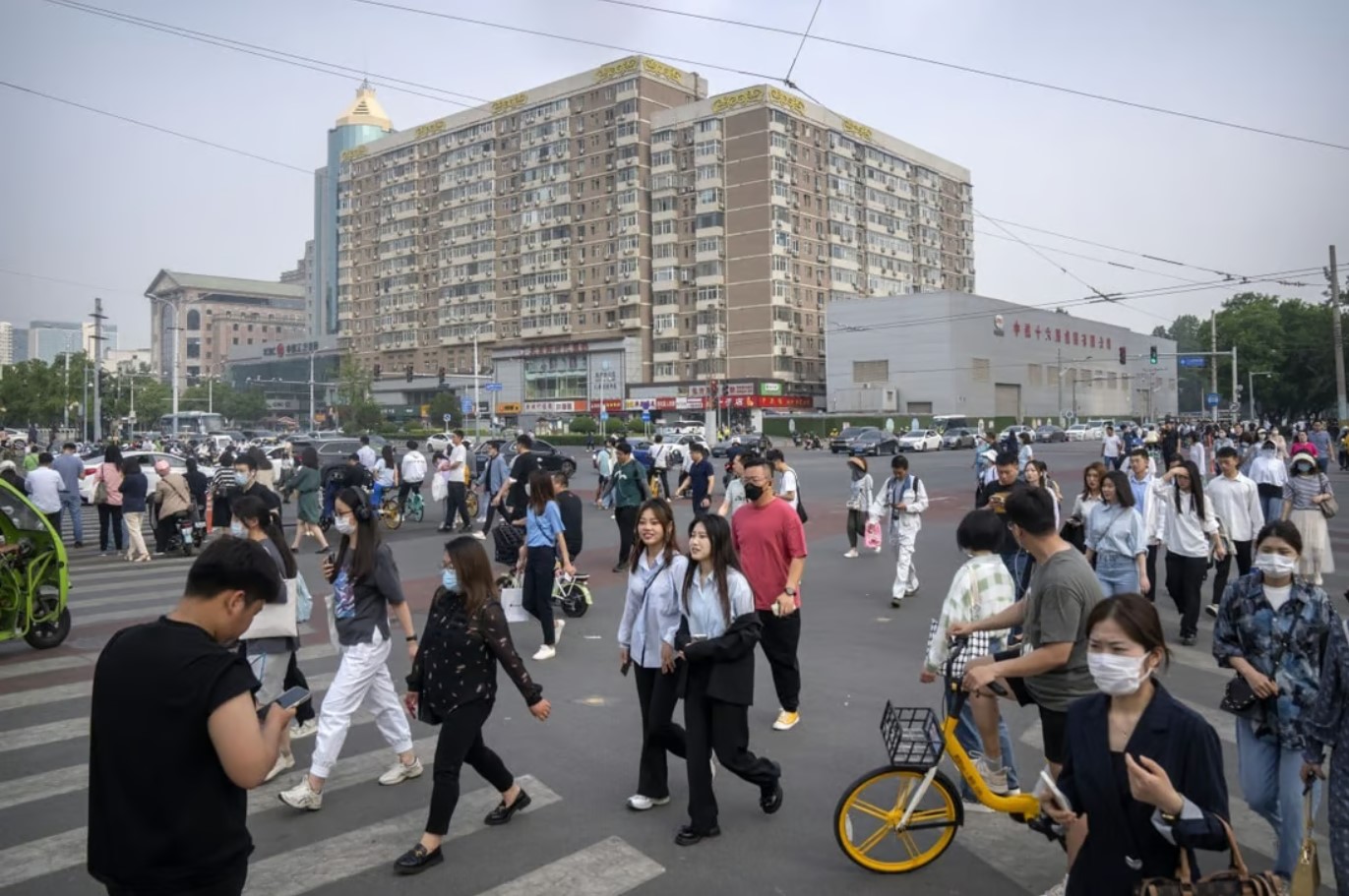
Commuters cross an intersection during morning rush hour in Beijing, China on May 16, 2023. The world's second-largest economy is recovering slowly from Covid-19 due to pressure from sluggish consumer demand and exports. Photo: SCMP
The rate cut this time shows that policymakers are increasingly worried about China's resilience, analysts said.
Recent economic indicators show that inflation remained near zero in May, manufacturing activity contracted, and the real estate market has yet to recover.
“Policymakers are finally acknowledging the weakness of the economy. There will be more cuts in interest rates and reserve requirements in the second half of 2023,” said Michelle Lam, China economist at Societe Generale.
While rate cuts may help improve sentiment in the short term, economists say more needs to be done to boost confidence for businesses to invest.
Despite rapid growth in the money supply, private investment remains sluggish and borrowing demand remains weak, meaning that monetary easing alone will do little to stimulate the economy.
“The market needs more policy support, both monetary and fiscal, to turn around the negative sentiment about China’s economic outlook,” said Steven Leung, managing director of investment bank UOB Kay Hian.
The PBOC’s announcement of a rate cut just before the US Federal Reserve’s meeting on June 13 and 14 shows that the bank is trying to “cut corners” to minimize the impact of the rate cut on the yuan, according to Ken Cheung, head of Asian foreign exchange strategy at Mizuho Bank (Hong Kong, China) .
Nguyen Tuyet (According to Bloomberg, Reuters)
Source


![[Photo] Close-up of Tang Long Bridge, Thu Duc City after repairing rutting](https://vphoto.vietnam.vn/thumb/1200x675/vietnam/resource/IMAGE/2025/5/19/086736d9d11f43198f5bd8d78df9bd41)
![[Photo] Panorama of the Opening Ceremony of the 43rd Nhan Dan Newspaper National Table Tennis Championship](https://vphoto.vietnam.vn/thumb/1200x675/vietnam/resource/IMAGE/2025/5/19/5e22950340b941309280448198bcf1d9)

![[Photo] President Luong Cuong presents the 40-year Party membership badge to Chief of the Office of the President Le Khanh Hai](https://vphoto.vietnam.vn/thumb/1200x675/vietnam/resource/IMAGE/2025/5/19/a22bc55dd7bf4a2ab7e3958d32282c15)

![[Photo] General Secretary To Lam attends the conference to review 10 years of implementing Directive No. 05 of the Politburo and evaluate the results of implementing Regulation No. 09 of the Central Public Security Party Committee.](https://vphoto.vietnam.vn/thumb/1200x675/vietnam/resource/IMAGE/2025/5/19/2f44458c655a4403acd7929dbbfa5039)
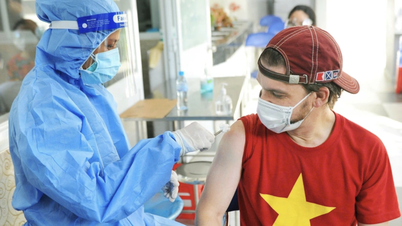







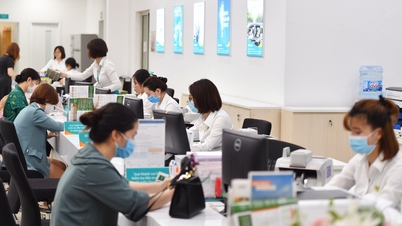

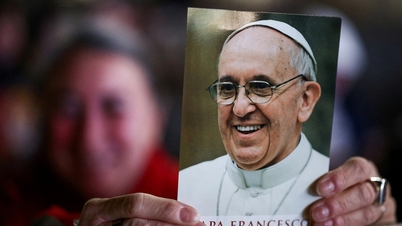


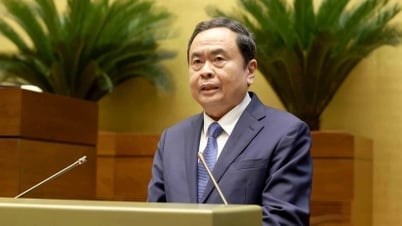
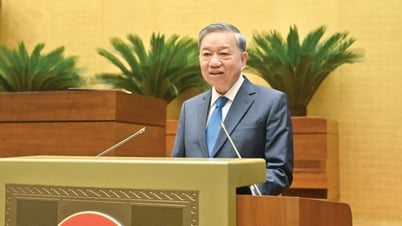
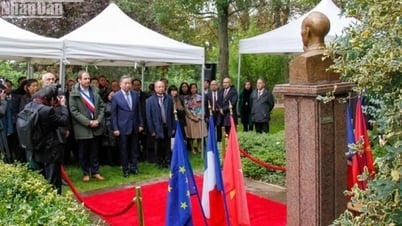
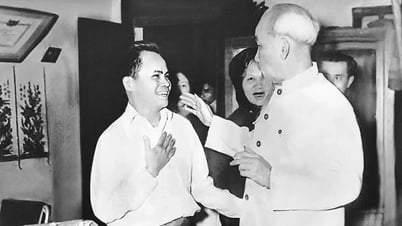







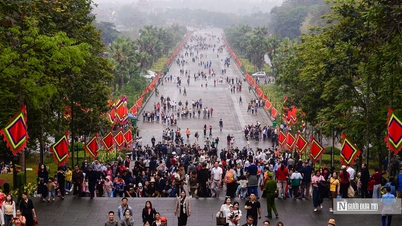





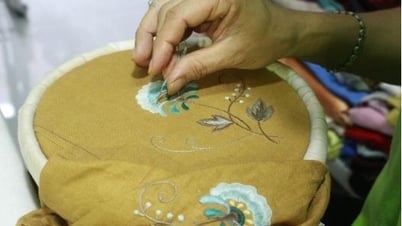

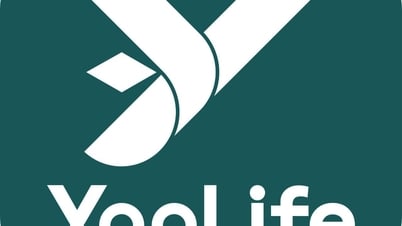


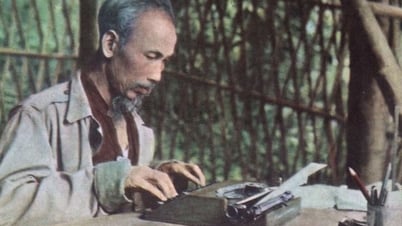
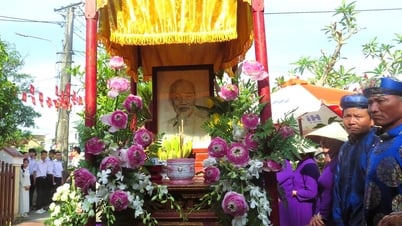
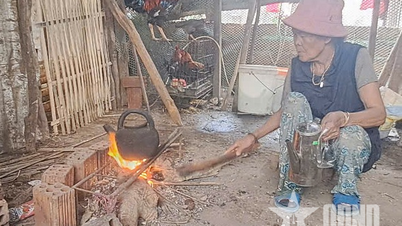









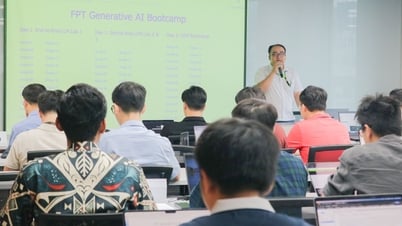
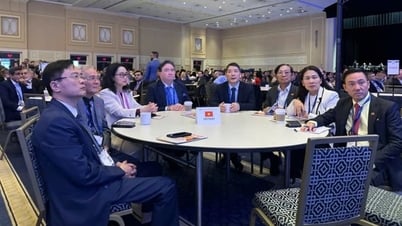
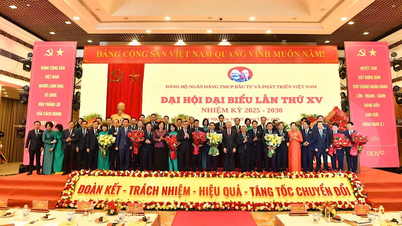




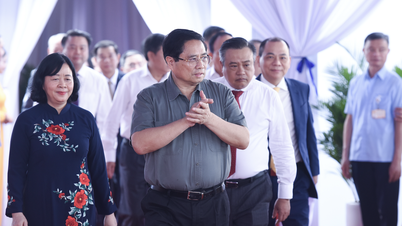





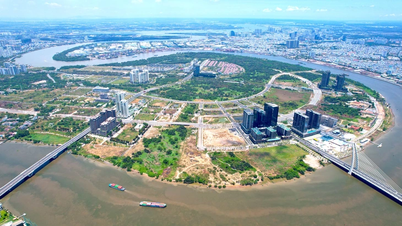




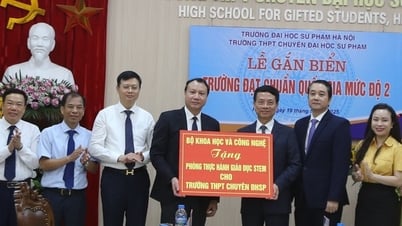



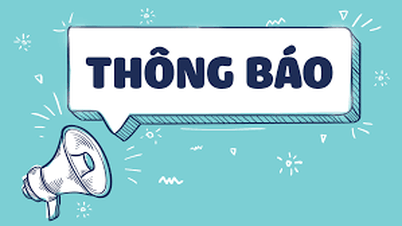



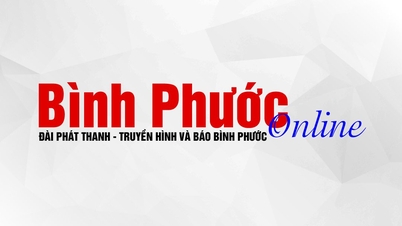












![[VIDEO] - Enhancing the value of Quang Nam OCOP products through trade connections](https://vphoto.vietnam.vn/thumb/402x226/vietnam/resource/IMAGE/2025/5/17/5be5b5fff1f14914986fad159097a677)


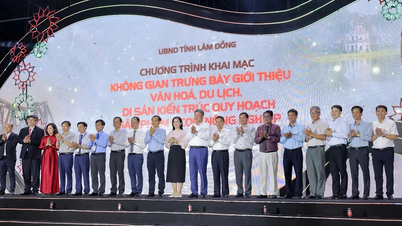
Comment (0)